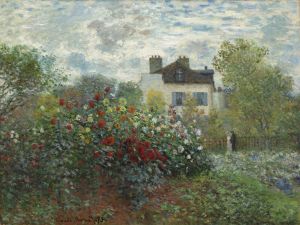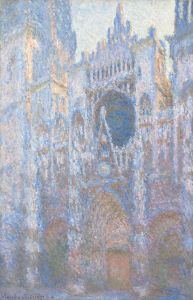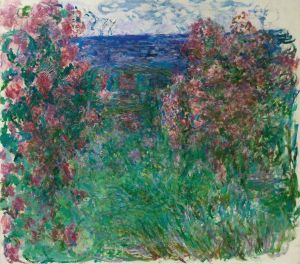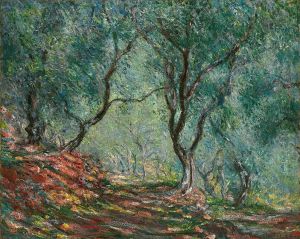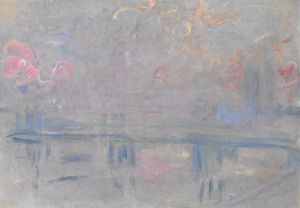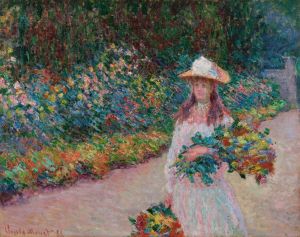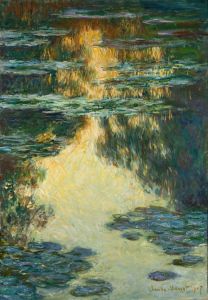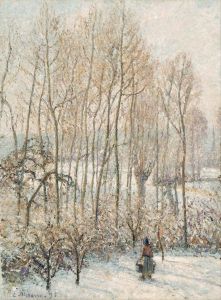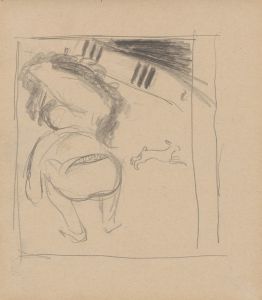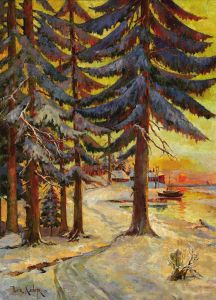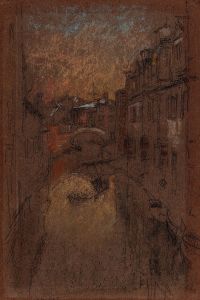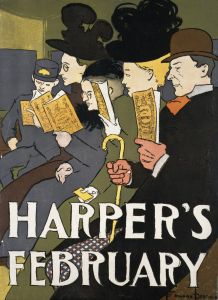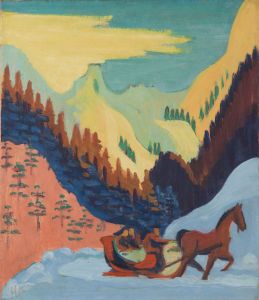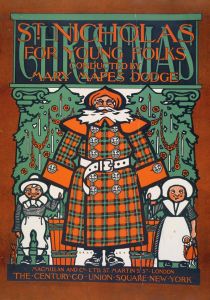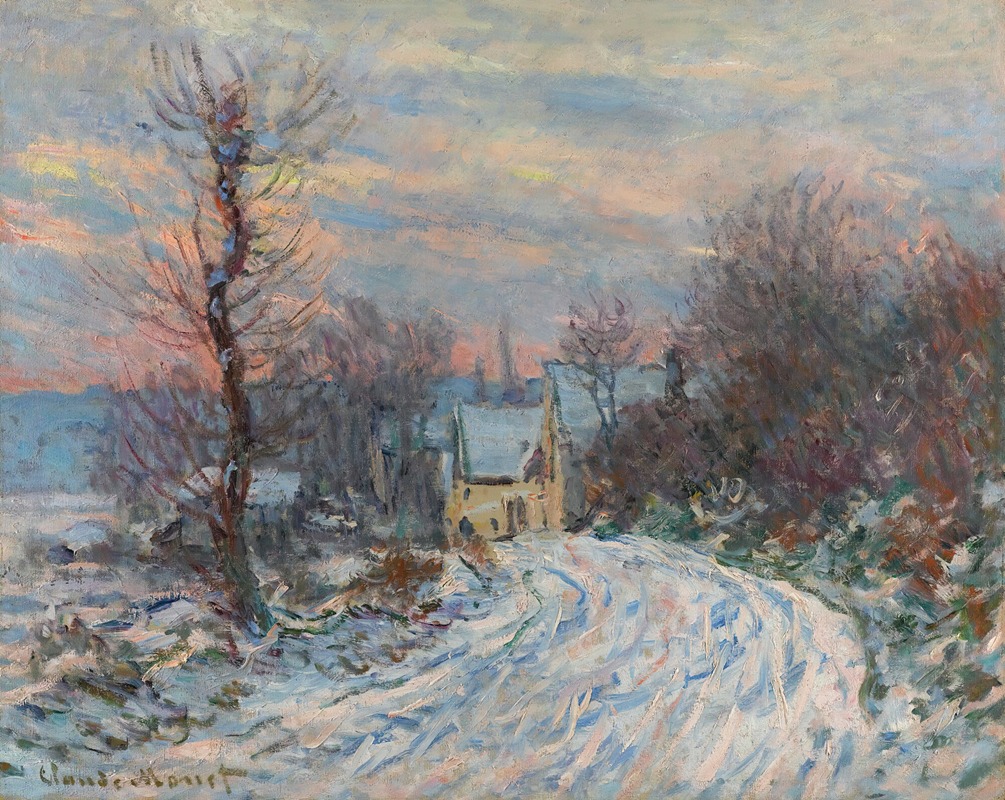
L’entrée De Giverny En Hiver
A hand-painted replica of Claude Monet’s masterpiece L’entrée De Giverny En Hiver, meticulously crafted by professional artists to capture the true essence of the original. Each piece is created with museum-quality canvas and rare mineral pigments, carefully painted by experienced artists with delicate brushstrokes and rich, layered colors to perfectly recreate the texture of the original artwork. Unlike machine-printed reproductions, this hand-painted version brings the painting to life, infused with the artist’s emotions and skill in every stroke. Whether for personal collection or home decoration, it instantly elevates the artistic atmosphere of any space.
Claude Monet, a pivotal figure in the Impressionist movement, is renowned for his ability to capture the transient effects of light and atmosphere in his paintings. One of his lesser-known works, "L’entrée De Giverny En Hiver" (The Entrance to Giverny in Winter), exemplifies his skill in portraying the subtle nuances of a winter landscape.
Monet moved to Giverny, a small village in the Normandy region of France, in 1883. This village became a significant source of inspiration for him, providing a wealth of natural scenery that he would explore in numerous paintings. "L’entrée De Giverny En Hiver" is one such painting that reflects his deep connection to this locale. Although specific details about the painting's creation, such as its exact date, are not widely documented, it is understood to be part of his broader exploration of the Giverny landscape during the winter months.
The painting captures the entrance to the village of Giverny under a blanket of snow. Monet's use of color and brushwork in this piece is characteristic of his Impressionist style, where he employs loose, fluid strokes to convey the essence of the scene rather than its precise details. The muted palette of whites, grays, and blues evokes the chill and stillness of winter, while the dappled application of paint suggests the play of light on snow-covered surfaces.
Monet's fascination with the effects of light and weather is evident in "L’entrée De Giverny En Hiver." He was particularly interested in how different times of day and varying weather conditions could transform a landscape. This painting likely explores these themes, capturing a specific moment in time when the winter light interacts with the snow and the natural surroundings of Giverny.
The village of Giverny, with its rural charm and picturesque scenery, offered Monet a perfect setting to experiment with these ideas. His garden and the surrounding countryside became recurring subjects in his work, allowing him to study the changing seasons and their impact on the landscape. "L’entrée De Giverny En Hiver" fits within this context, as it reflects his ongoing interest in capturing the ephemeral qualities of nature.
Monet's work during his time in Giverny, including this winter scene, contributed significantly to the development of Impressionism. His innovative techniques and focus on natural light influenced countless artists and helped to redefine the boundaries of landscape painting. While "L’entrée De Giverny En Hiver" may not be as famous as some of his other works, it remains an important example of his ability to convey the beauty and tranquility of the natural world.
Today, Monet's paintings, including those depicting Giverny, are celebrated for their artistic brilliance and their role in the evolution of modern art. "L’entrée De Giverny En Hiver" stands as a testament to Monet's enduring legacy and his profound connection to the landscapes that inspired him.





